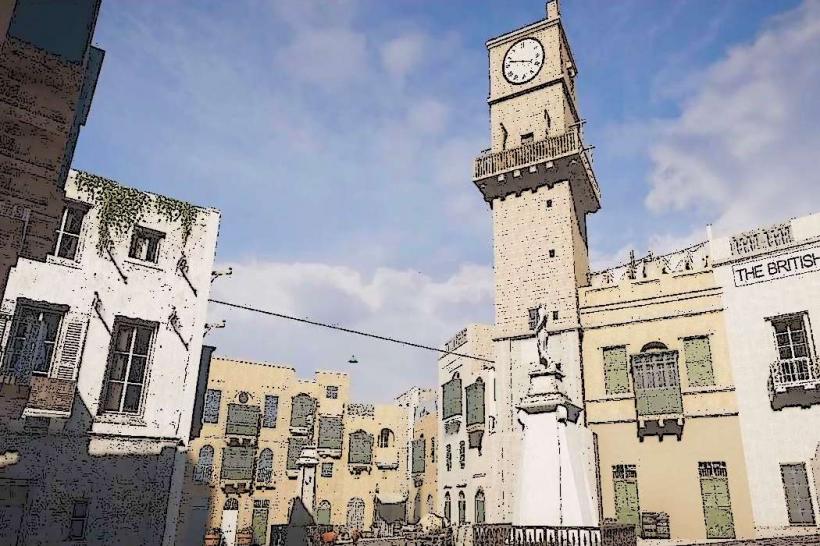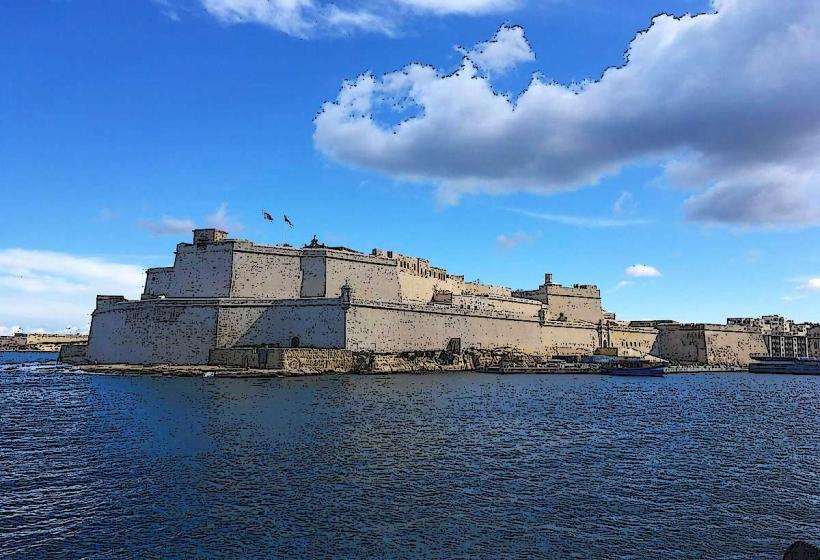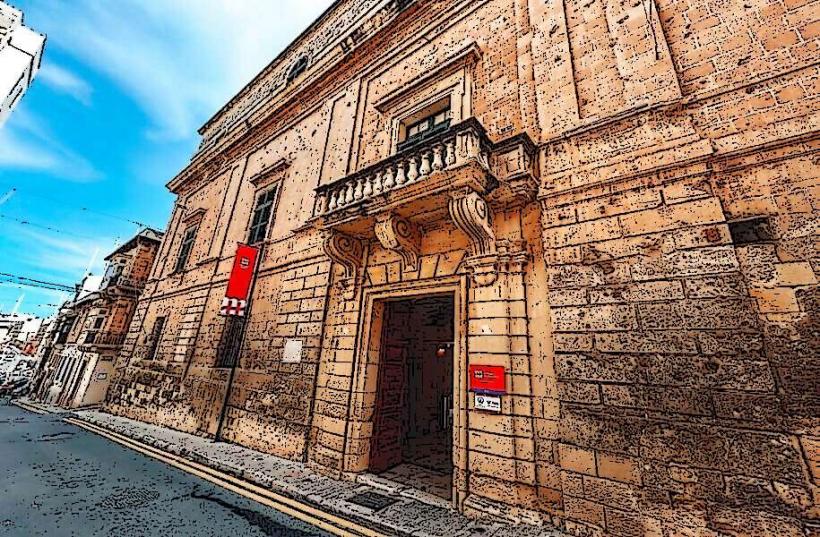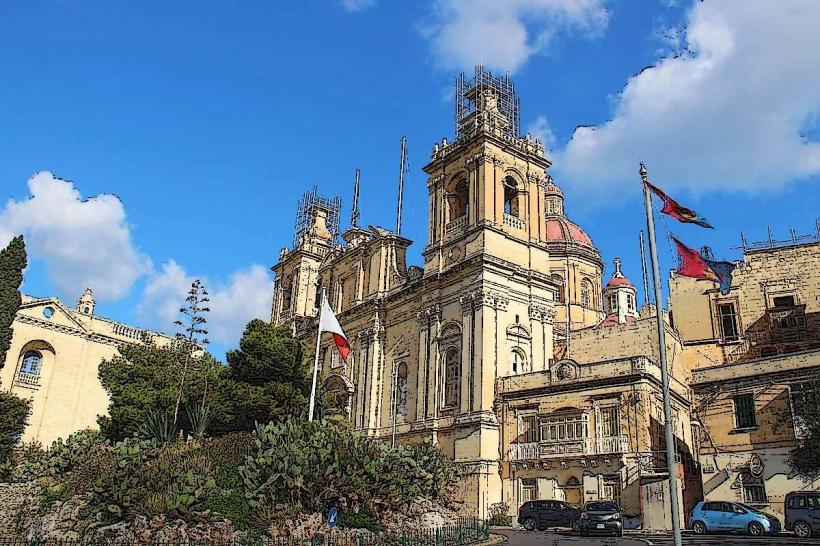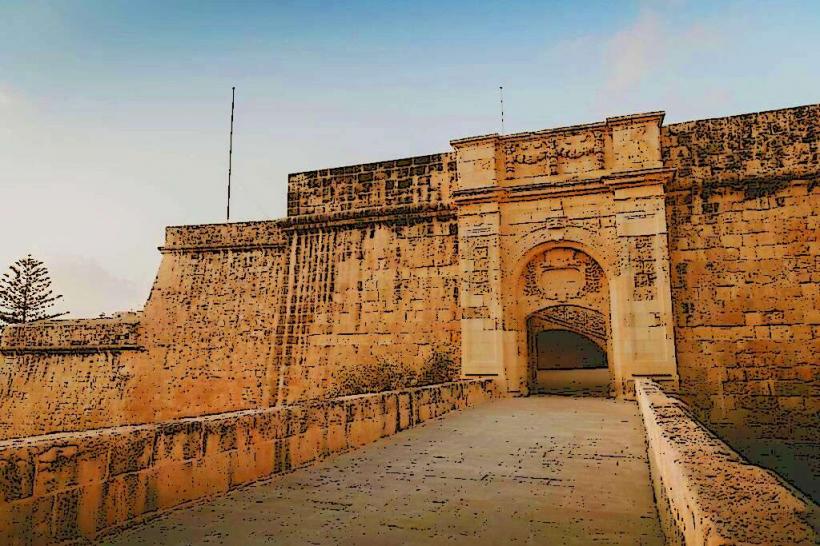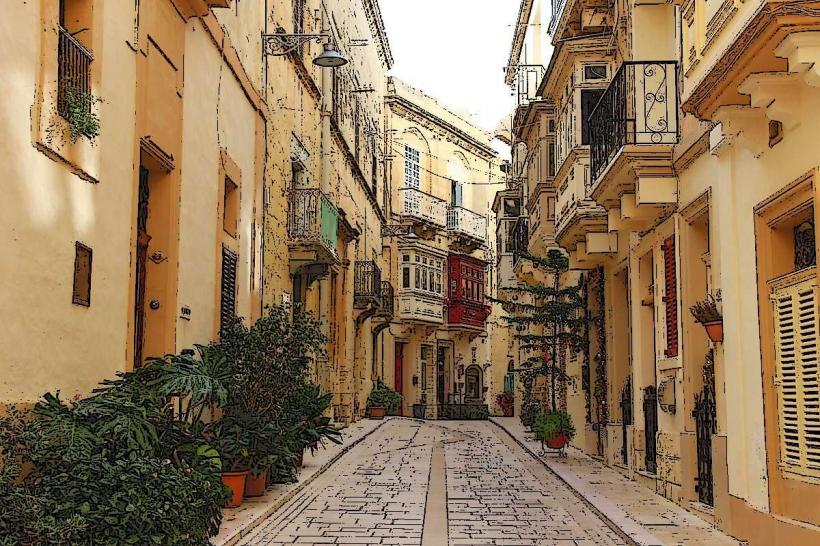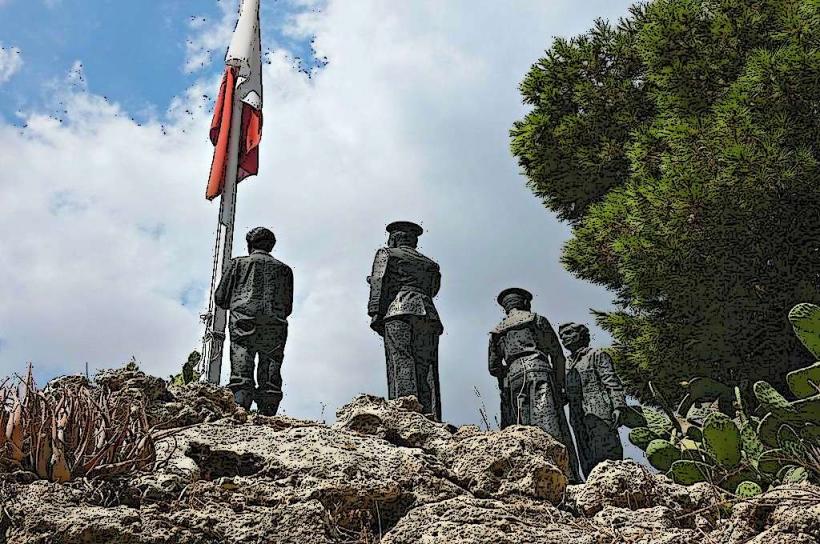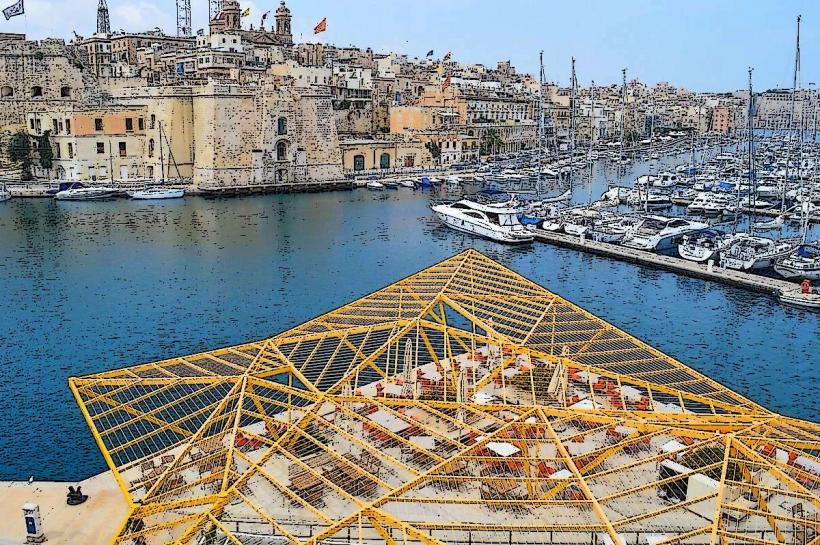Information
Landmark: Malta Maritime MuseumCity: Birgu
Country: Malta
Continent: Europe
The Malta Maritime Museum is one of Malta's premier museums, dedicated to showcasing the island's rich maritime history, which spans over 2,000 years. Located in the historical town of Birgu (Vittoriosa), the museum is housed in the former Royal Naval Bakery, a significant 18th-century building that once served as part of the Royal Navy’s operations during the British colonial period. The museum offers an in-depth exploration of Malta’s maritime heritage, from ancient times to the modern day, reflecting the island's crucial position in the Mediterranean as a hub for trade, military strategy, and cultural exchange.
Historical Background
- Malta’s strategic location in the central Mediterranean has made it a crucial naval base for various powers throughout history, including the Phoenicians, Romans, Byzantines, Arabs, Knights of St. John, French, and British. Malta's maritime significance continued well into the 20th century, particularly with the British Royal Navy during their colonial rule.
- The Malta Maritime Museum was officially opened in 1992, and it is managed by Heritage Malta, the government agency responsible for the preservation and promotion of the country’s cultural heritage.
- The museum is situated in the Royal Naval Bakery, a building constructed by the British in the late 18th century to house a naval bakery that provided bread for the fleet. The building’s historical use adds to the museum’s connection to Malta’s maritime past.
Exhibits and Collections
The museum’s extensive collections highlight the many aspects of Malta’s maritime history, from the Ancient Phoenician period to the modern day. The exhibits are divided into thematic sections, each focusing on a different aspect of Malta’s relationship with the sea:
Ancient and Medieval Malta:
- The museum’s collections include artifacts from Malta’s ancient maritime past, including items related to the Phoenician, Roman, and Arab periods. The Phoenicians, in particular, were known for their maritime expertise and established sea routes across the Mediterranean, with Malta being a significant base for their ships.
- Roman-era shipbuilding and nautical equipment are also on display, providing insight into the Mediterranean trade routes that passed through Malta during antiquity.
The Knights of St. John:
- A significant portion of the museum is dedicated to the period of the Knights of St. John, who ruled Malta from 1530 to 1798. The knights were instrumental in establishing Malta as a naval power, particularly during the Great Siege of Malta (1565) when the island's defenses repelled the Ottoman invasion.
- Exhibits include models of galleys, artillery, nautical instruments, and flags used by the Knights during their naval campaigns. The Great Siege is a major theme, and the museum explores how the knights defended Malta from the Ottomans and made the island a key Mediterranean naval base.
British Colonial Period:
- The British period is another important focus of the museum. Malta served as a key naval base for the Royal Navy from 1800 to 1979. The museum houses an extensive collection of artifacts, including naval uniforms, navigation tools, maps, and ship models from the 19th and 20th centuries.
- Ship models of British vessels that served in Malta’s waters during the colonial period are displayed alongside tools and equipment used by the Royal Navy, highlighting the island’s strategic importance during both World Wars.
Shipbuilding and Maritime Industry:
- The museum features exhibits on shipbuilding techniques in Malta, with models of famous ships built on the island. Malta has a long tradition of shipbuilding, particularly during the periods of the Knights and the British, and the museum offers a deep dive into the history and technology of ship construction.
- Artifacts related to maritime trade and fishing are also on display, highlighting Malta’s role as a hub for maritime commerce in the Mediterranean.
Naval Warfare and Equipment:
- A fascinating collection of weaponry, including cannonballs, ammunition, and guns, gives insight into the military importance of Malta as a naval base. Visitors can view models of warships, including gunboats, frigates, and battleships, and learn about naval tactics and strategies employed in Malta during various conflicts.
- The museum also explores the island’s role in naval history during both World War I and World War II, including Malta’s strategic use as a supply base and the key role it played in the Allied naval operations.
The Sea and the Environment:
- The museum also focuses on Malta’s relationship with the sea and its environmental impact. Exhibits explore the marine ecosystems of the Mediterranean, with displays of marine life and the impact of human activity on the seas.
- Educational resources and interactive exhibits help visitors understand the importance of sustainable fishing and maritime conservation in preserving Malta’s natural resources.
Notable Artifacts and Highlights
- Ship Models: The museum showcases an impressive collection of ship models, including some that were built in Malta’s historic shipyards. These models range from ancient vessels to modern ships, reflecting the evolution of shipbuilding techniques over the centuries.
- Naval Uniforms and Accoutrements: The museum features detailed collections of naval uniforms, including those worn by Royal Navy officers and Knights of St. John.
- Great Siege Relics: One of the most significant historical events in Malta’s maritime history is the Great Siege of 1565, and the museum has several exhibits related to this monumental event, including weapons, letters, and tactical maps.
- Royal Navy Memorabilia: Exhibits include decorations, medals, and military insignia awarded to those serving in the British Navy while stationed in Malta.
- Weapons and Ammunition: The museum houses a collection of guns, cannonballs, and other military artifacts, reflecting the importance of Malta as a naval fortress.
Visiting the Malta Maritime Museum
- The museum is located in the heart of Birgu, near the Grand Harbour. Visitors can easily explore the museum as part of a wider tour of Vittoriosa and the nearby Three Cities area.
- The museum is open to the public year-round, and there are often guided tours available, as well as educational programs for students and families.
- The museum’s interactive exhibits make it suitable for visitors of all ages, and it provides a fascinating look at Malta’s maritime history, one of the island’s most defining features.
Conclusion
The Malta Maritime Museum offers an engaging and educational experience for visitors interested in the island's deep maritime heritage. From ancient Phoenician trade routes to the strategic naval battles fought by the Knights of St. John and Royal Navy, the museum provides a comprehensive look at Malta's critical role in the Mediterranean’s naval history. With its impressive collection of artifacts, ship models, and exhibits on naval warfare, the Malta Maritime Museum is an essential stop for anyone exploring Malta's cultural and historical legacy.

